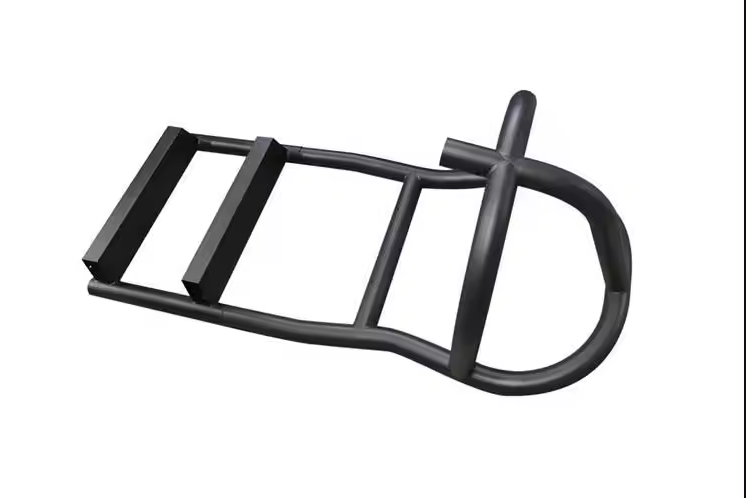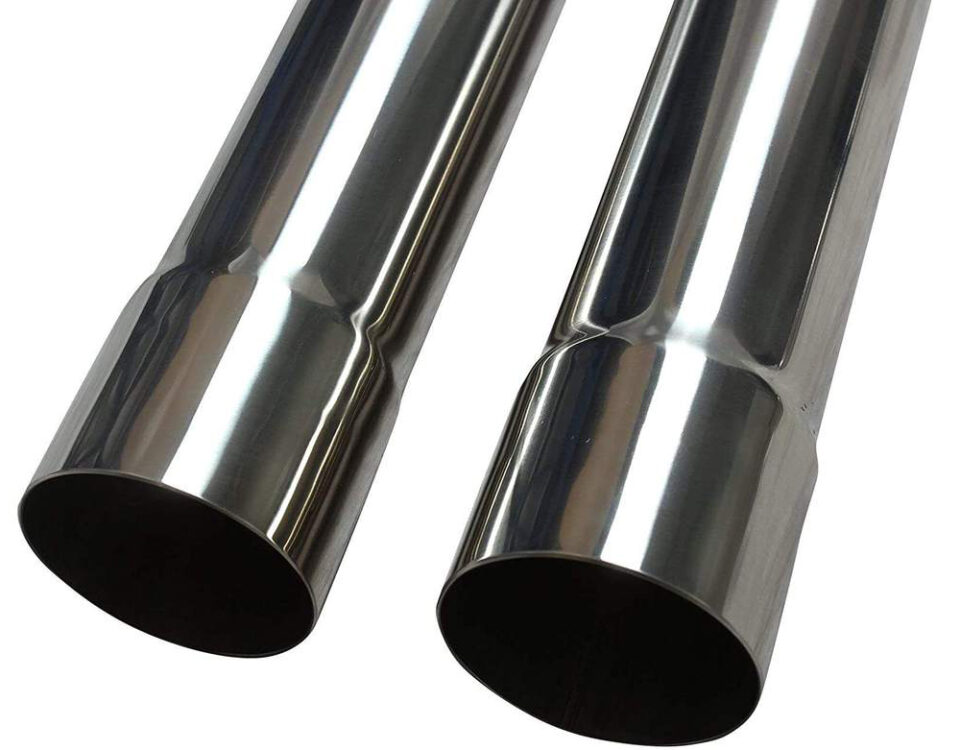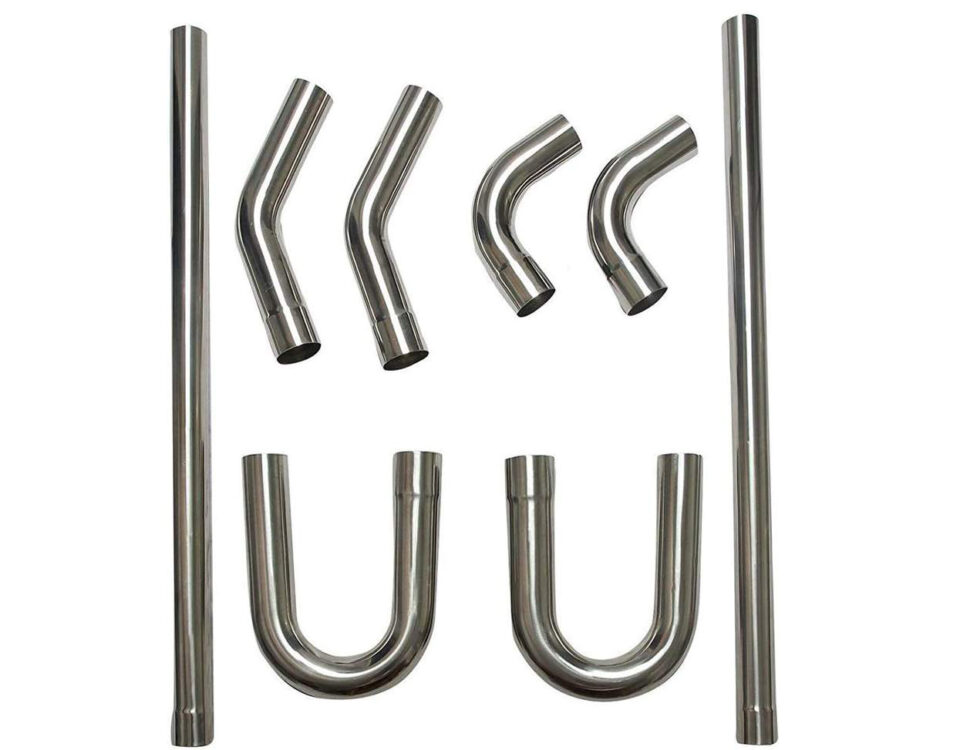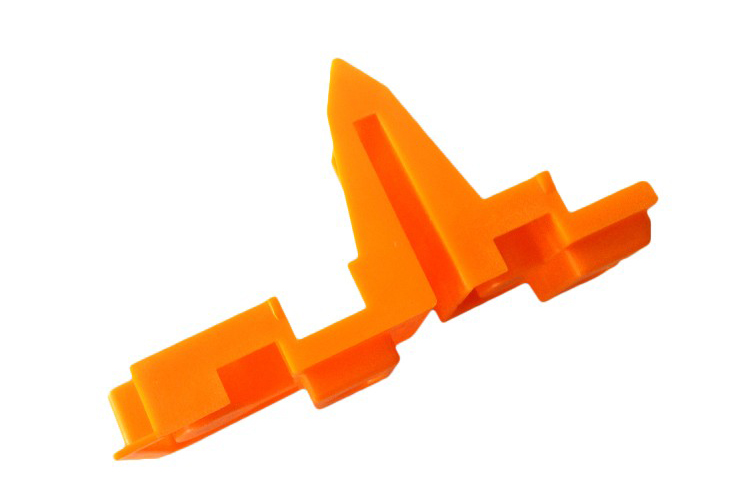
Plastic Molding Service
May 12, 2023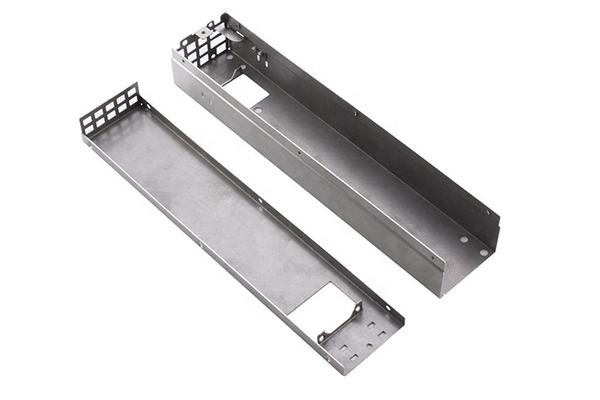
Custom Metal Fabrication Manufacturer
May 12, 2023The Art of Stainless Steel Pipe Bending: A Guide to Achieving Perfect Curves
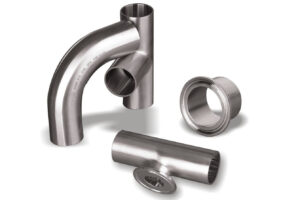 Stainless steel pipes are widely used in various industries, from construction to automotive, due to their durability and resistance to corrosion. However, bending stainless steel pipes can be a challenging task, especially if you want to achieve perfect curves without damaging the material. In this post, we will guide you through the art of stainless steel pipe bending and provide you with tips and tricks to achieve flawless results.
Stainless steel pipes are widely used in various industries, from construction to automotive, due to their durability and resistance to corrosion. However, bending stainless steel pipes can be a challenging task, especially if you want to achieve perfect curves without damaging the material. In this post, we will guide you through the art of stainless steel pipe bending and provide you with tips and tricks to achieve flawless results.
Understanding the Basics of Stainless Steel Pipe Bending
Before we dive into the techniques of stainless steel pipe bending, it’s essential to understand the basics of the material. Stainless steel is a hard and strong material that requires a lot of force to bend. Unlike other materials, such as copper or aluminum, stainless steel has a high resistance to deformation, which makes it challenging to bend without causing damage.
The first step in stainless steel pipe bending is to choose the right type of pipe. There are two main types of stainless steel pipes: seamless and welded. Seamless pipes are made from a single piece of steel, while welded pipes are made by welding two or more pieces of steel together. Seamless pipes are more expensive but offer better quality and are easier to bend.
Techniques for Stainless Steel Pipe Bending
There are several techniques for bending stainless steel pipes, each with its advantages and disadvantages. Here are some of the most common techniques:
1. Mandrel Bending
Mandrel bending is a technique that uses a mandrel, a metal rod, to support the inside of the pipe while it’s being bent. This technique is ideal for achieving precise and consistent curves without damaging the material. Mandrel bending is commonly used in the automotive industry, where tight bends are required.
2. Rotary Draw Bending
Rotary draw bending is a technique that uses a die and a mandrel to bend the pipe. The die is used to shape the pipe, while the mandrel supports the inside of the pipe. This technique is ideal for achieving complex and tight bends. Rotary draw bending is commonly used in the aerospace industry, where precision is critical.
3. Roll Bending
Roll bending is a technique that uses rollers to bend the pipe. This technique is ideal for achieving large and gradual curves. Roll bending is commonly used in the construction industry, where pipes are used for structural purposes.
Tips and Tricks for Achieving Perfect Curves
Bending stainless steel pipes requires skill and experience. Here are some tips and tricks to help you achieve perfect curves:
1. Choose the right type of pipe for your project.
2. Use the right tools and equipment, such as mandrels, dies, and rollers.
3. Use lubricants to reduce friction and prevent damage to the material.
4. Use the right amount of force to avoid over-bending or under-bending the pipe.
5. Practice on scrap pieces of pipe before working on your project.
Pipe Bending
|
Material
|
Stainless Steel, Aluminum, Copper, Brass, Bronze, Iron
|
|
Size or Shape
|
According to customer drawing
|
|
Surface Treatment
|
Powder coating
Nickel plating
Chrome plating
Electroplating
|
|
Accuracy
|
|
|
Package
|
Outside carton box,or customized
|
|
Delivery Time
|
7-30 Days
|
Conclusion
Stainless steel pipe bending is an art that requires skill, experience, and the right tools and equipment. By understanding the basics of the material and using the right techniques, you can achieve perfect curves without damaging the material. Remember to choose the right type of pipe, use the right tools and equipment, and practice on scrap pieces of pipe before working on your project. With these tips and tricks, you’ll be able to bend stainless steel pipes like a pro!

